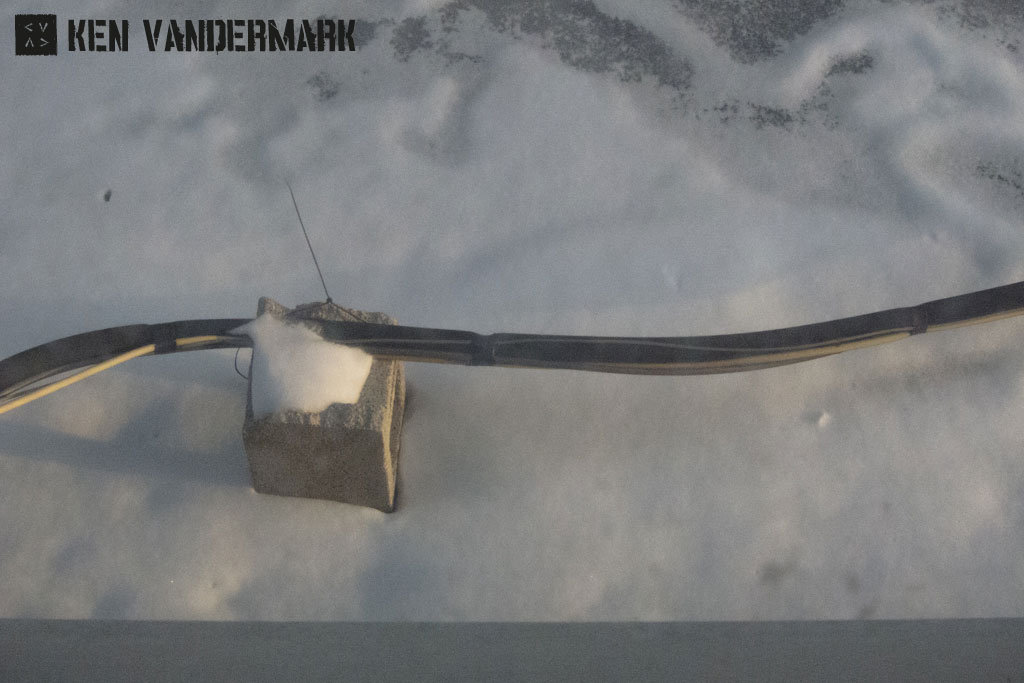

Adrien Chiquet, the presenter in Mulhouse, tried to pull off a miracle by coordinating a concert with 11 musicians traveling with their equipment and luggage throughout Europe, in about a week. We owed him quite a lot for putting things together at such impossibly short notice. In the end the band had a respectable and appreciative audience, but economically it was a loss for everyone involved. And then promise of a workable tour began to unravel. The first 3 gigs, in Rudersdorf, Vienna, Krakow, made things seem like the trip was actually going to be on track. Our final gig, in a few days, was going to be in Linz, Austria, one of the Culture Capitals of Europe for this year. The belief in the group was that the Linz concert would be the economic fulcrum for the tour, covering the financial holes caused by last minute changes in the itinerary, travel costs, and accommodation expenses for the days off. Things began to go amiss in Mulhouse, however, and not because of the impossibility of pulling of the impossible through reaching out to set up a last minute gig for a band this size. Word began to get around the ensemble that people weren’t receiving the same funds from the tour manager, and this was a bad sign. Standard practice- everyone is paid equally as the gigs go along, with considerations being made for the expenses before and during the tour in order to calculate what each band member is owed as the concert schedule progresses. With the money payouts being irregular, and the sense that the next show (in Geneva) might also be problematic (the concert date had changed quite late in the game), the band’s morale began to fray.
Despite the circumstances, a visit to the Tongueless Museum in Basil with Mats, Per-Ake, and Fred, on the band’s day off in Mulhouse proved to be inspiring. I’d been lucky enough to visit the museum a couple of times before, it’s impressive as hell. The combination of sculpture, movement, and sound, and the way that the museum presents Tinguely’s art is stunning. Almost all of the pieces can be activated, essential to being able to appreciate what Tinguely was trying to accomplish- these works were meant to be seen and heard and to be put in motion. The standout piece in this regard is probably “Meta-Harmonie II,,” a huge construction of metal, artifacts, color, and noise producing items, from keyboards, to drums, to junk. Maybe no other artist other than Calder can convey such a sense sculptural joy. Unlike Calder, however, Tinguely explored extremely dark themes and these were on display as well. In particular, “Mengele,” seemed to have been transported from the “Garden of Earthly Delights,” by Bosch.
The Tentet arrived in Geneva on the 28th. There was time to grab some lunch with Paal, Mats, Jeb, and Johannes, which seemed like a good thing until I realized that the pizza I ate cost the equivalent to $40 in Swiss francs. I knew I was in trouble before I looked at the bill because Paal was shocked by the cost of his meal, and he lives in Oslo, perhaps the most expensive place on the planet. As we ate lunch it became clear that the brewing issues connected to the problems of the tour’s economics had to be addressed that day, too much confusion and conjecture was happening. Walking around near the train station while taking some photos, I bumped into Peter and mentioned the discussion over lunch. He agreed it was time to deal with the situation, and that we’d sort out any problems after the gig that evening. Somehow the band ended up playing after what I’m guessing was a Jazz conservatory recital, an odd combination which meant that we didn’t start our set until after 10:30pm. Despite the growing frustrations, the band once again played a strong concert; on stage the whole reason that we were there together was what mattered- to play the best music possible. At the sound check in Mulhouse Peter suggested that it wasn’t necessary to continue one piece of music for an entire set, if the music was ready to finish, let it end. The main point, he stated, was to sustain the tension in the music, whether the material was long or short. For me, and I think for others in the group, this simple statement (which is obvious, but can easily be overlooked while trying to spontaneously create material with 11 people) liberated the types of construction the group would work with for the rest of the trip. A piece of music could be comprised of nothing more than a 10 minute quartet, or it could be a full ensemble construction cut in half by a quiet duo. Now anything seemed feasible. These more open strategies were employed for the 2nd half of the tour. So, despite what was going wrong with the money, the creative aspects of the band continued to grow.
© 2024 Ken Vandermark – musician & composer | Disclaimer